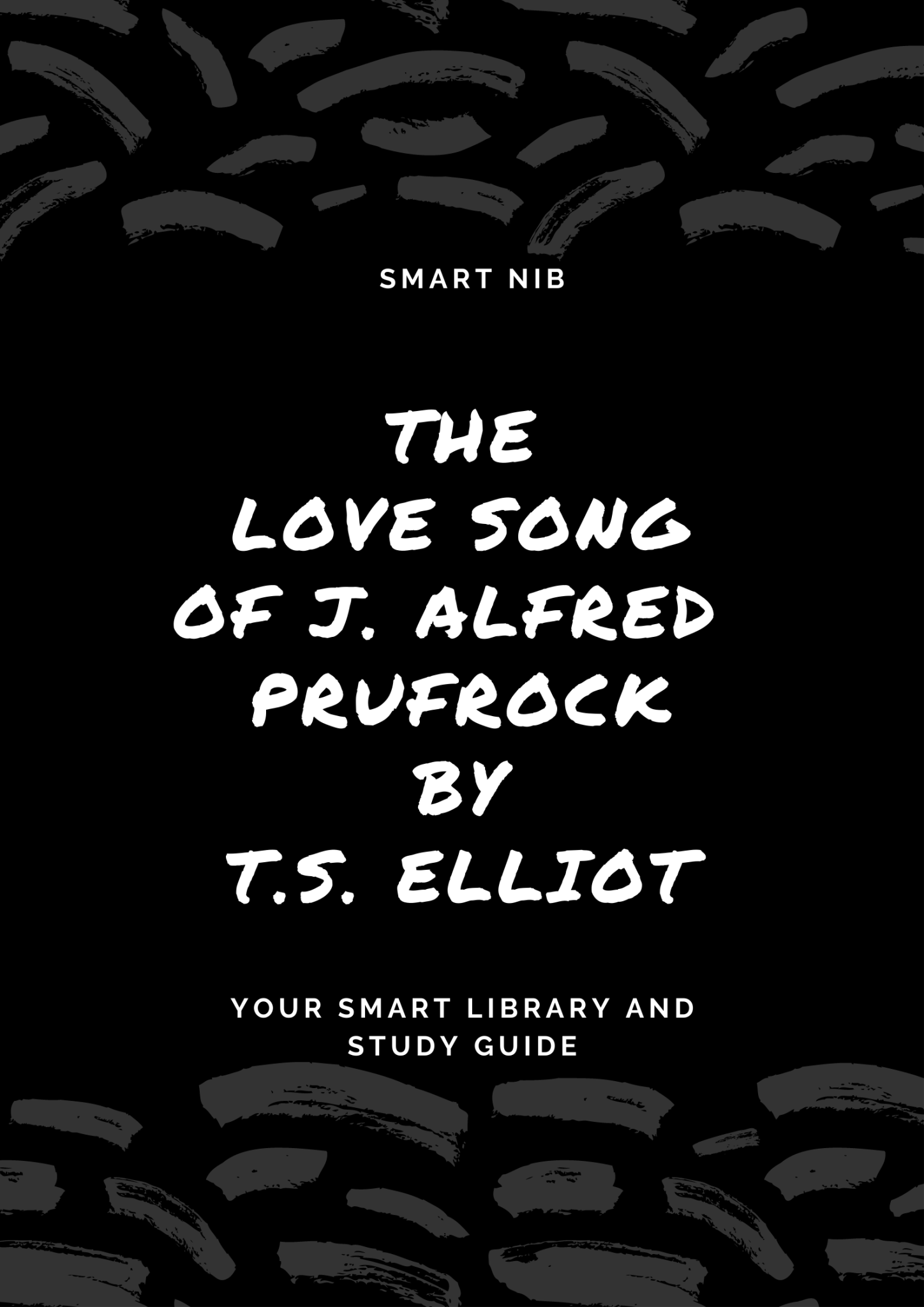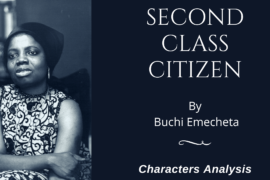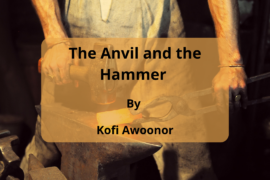The major Barriers that confront the Readers of T.S Elliot’s ‘The Love Song of J.Alfred Prufrock’
There are some poetic techniques employed by T.S Elliot in his poem, that serve as a barrier to his readers. These techniques peculiar to the works of T.S Elliot are called barriers because they tend to create some sort of confusion on the idea being presented in the work.
‘The Love Song Of J.Alfred Prufrock’ is one of T.Elliot’s poems that depicted mostly ambiguous ideas. Some of the barriers found T.S Elliot’s ‘ Love Song of J.Alfred Prufrock include:
• The use of Paradoxical or Ironical Title
• The use of pronouns
• The use of Allusion
• Fragmentation of Thoughts
• The use of Imagery
• Psychological Setting
Read The Love Song of J.Alfred Prufrock Poem HERE
The use of Paradoxical Title
The title of the poem ‘The Love Song Of Alfred Prufrock’ is said to be paradoxical in the sense that it conveys a notion different from the actual title. The phrase ‘Love Song’ indicates that the poem is a love song by the poet personel to his lover, however, this is a wrong notion, as the poem is a depiction of a lonely isolated figure who feels alienated from the
Society. It is a song of a man divided between timidity and passion; passion for love and timidity to confront his love in reality. The reader expects a romantic love song, but in contrast, there’s no expression of love as the poet personnel, Prufrock has no courage to meet the lady to express his love to her. Rather, he takes delight in avoiding the ‘question’ i.e the declaration of his love to his lady. The irony of the title lies in the fact that the “love song” will never be sung.
The use of Pronoun
One may wonder why the use of pronouns may serve as a barrier, but the use of the pronoun ‘I and You’ in the lines below pose an incoherent message.
” Let us go there, You and I”
First, it should be established that the poem is a dramatic monologue, that is to say, that the poem is a monologue by J.Alfred Prufrock, now who is ‘You and I are erring to?
You refer to his public ego(referring to his rich personality which he wants to be)
I refer to his real self.
You and I represent two personalities: the public personality, the reality of the true character and the private ego of Prufrock. Prufrock is a poor man who yarns to be rich as in the modern period where excessive materialism was the order of the day. As such, he refers to someone else not knowing that it’s himself, he is lost in what he wishes to become.
The use of Allusion
Allusion is a poetic device used to show or make indirect references. Elliot’s massive use of allusion tries to illustrate the conflicting emotions of Prufrock.
The opening of Stanza 1 is an allusion to Dante Alighieri’s inferno.
“S’io credesse che mia risposta fosse
A persona che mai tornasse al mondo,
Questa fiamma staria senza piu scosse.
Ma percioche giammai di questo fondo
Non torno vivo alcun, s’i’odo il vero,
Senza tema d’infamia ti rispondo.”
~excerpt from the Poem
The use of the above epigraph relates to Count Guido, who resides in the Eighth Circle of Hell. This allusion gives us a hint that Prufrock is living a hellish life on earth.
An allusion is also made to Michaelangelo
” In the room, the women come and go
Talking to Michelangelo “
Elliot also employs a biblical allusion, referring to John the Baptist and Lazarus:
“Though I have seen my head (grown slightly bald) brought in upon a platter,
I am no prophet — and here’s no great matter;”
…
“To say: “I am Lazarus, come from the dead,
Come back to tell you all, I shall tell you all”
An allusion is also made to prince Hamlet( Shakespeare’s play Hamlet) which depicts Prufruck as both selves conscious and indecisive. The lines:
“No! I am not Prince Hamlet, nor was meant to be;
Am an attendant lord, one that will do
To swell a progress, start a scene or two,
Advise the prince; no doubt, an easy tool,
Deferential, glad to be of use,
Politic, cautious, and meticulous;
Full of high sentence, but a bit obtuse;
At times, indeed, almost ridiculous—
Almost, at times, the Fool.”
Elliot’s effective use of allusion presents a barrier, as the reader might be lost in the allusion made rather than the main idea the poet is trying to project.
Read The Love Song of J.Alfred Prufrock Poem HERE
Fragmentation of Thoughts
Fragmentation is one of the major features predominant in the works of modernist writers. It involves the presentation of disjointed ideas in one piece. The strength of Elliot’s poem lies in the random transition, and poetic flight interrupted by Bathos or its irrelevant echo of other poems. The poet discusses different ideas, making a sudden transition from one idea to the other. You notice the poem saying something and then suddenly projecting another idea. The poem starts with a damaged soul, it soon moves to ‘the fog’, then to time and ageing.
The Use of Imagery
The Lovesong of J.Alfred Prufrock can be characterised by the massive use of imagery, that is to say, that Elliot overrides himself with imagery.
Psychological Setting
In the poem, Prufrock is a dramatic persona as the poem is a dramatic monologue. The setting of the poem is in the mind of Prufrock, which is to say that the entire poem is a mere projection of his thoughts and not action.
Conclusion
T.S Elliot’s ‘The Love Song Of J. Alfred Prufrock written in 1911 is one prominent modern work depicting the peculiar features of modernist writing. The poem is inexhaustible and indefinable by its commentators. The massive use of allusion, imagery, pronoun etc might make the work difficult to comprehend or be granted a definite interpretation, however, in line with the understanding of modernist tenets one can interpret these lines.




2 Comments
Pingback: 10 Ways to Enjoy Reading While You Work. - Cin Blog
Pingback: 3 Major Theories Of Aesthetics You Should Know - SmartNib